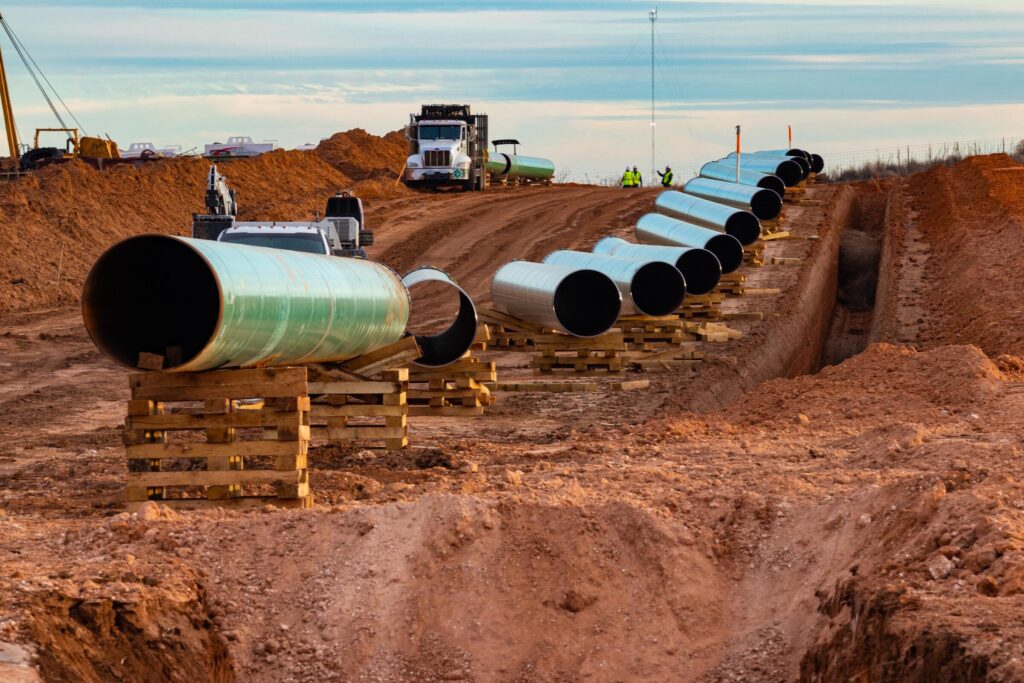Pipelines are a safe, reliable way to transport oil and gas
Canada has more than 840,000 kilometres of pipelines from small distribution lines to large interprovincial and international transmission lines. The pipeline network transports natural gas, natural gas liquids, and crude oil for domestic use and export.
Canada’s pipelines are incredibly safe, moving 99.999% of products safely to their destination market. In 2022, operators of transmission pipelines in Canada safely transported more than 4.6 million barrels of crude oil and liquids as well as 10.9 billion cubic feet of natural gas per day.
The Pipeline Safety Act strengthens Canada’s pipeline safety system based on prevention, preparedness and response, and liability and compensation
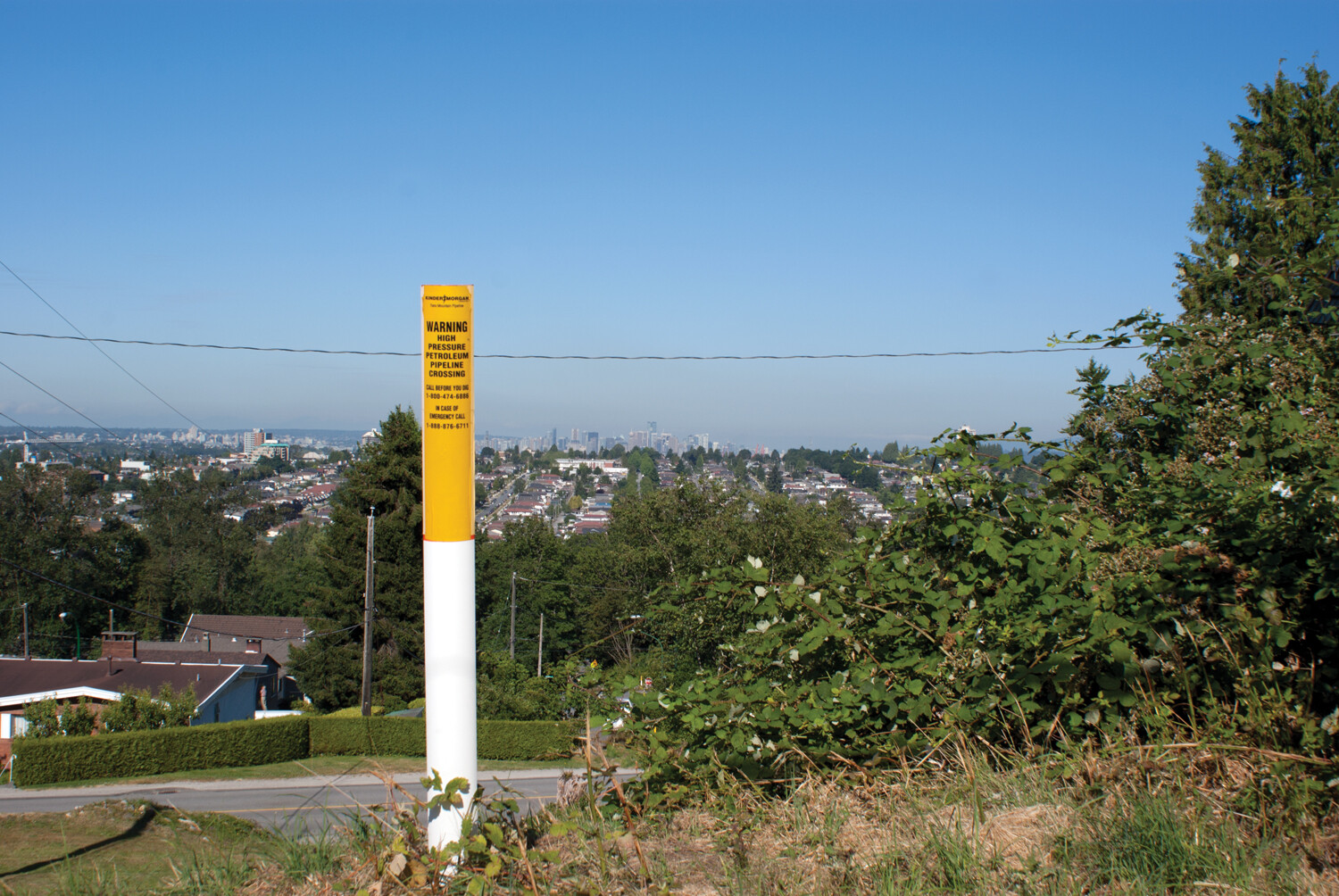
Pipelines are used across the industry
- Upstream pipelines include gathering and feeder lines that collect oil and natural gas from multiple wells or production sites and transport them to processing facilities or main transmission lines.
- Transmission pipelines transport oil and gas to refineries, distribution points, or export terminals.
- Downstream facilities include refined product pipelines (gasoline, diesel, and jet fuel) that transport from refineries to distribution terminals, and natural gas distribution pipelines deliver gas to homes, businesses, and industries from facilities to local distribution networks.
Regulations
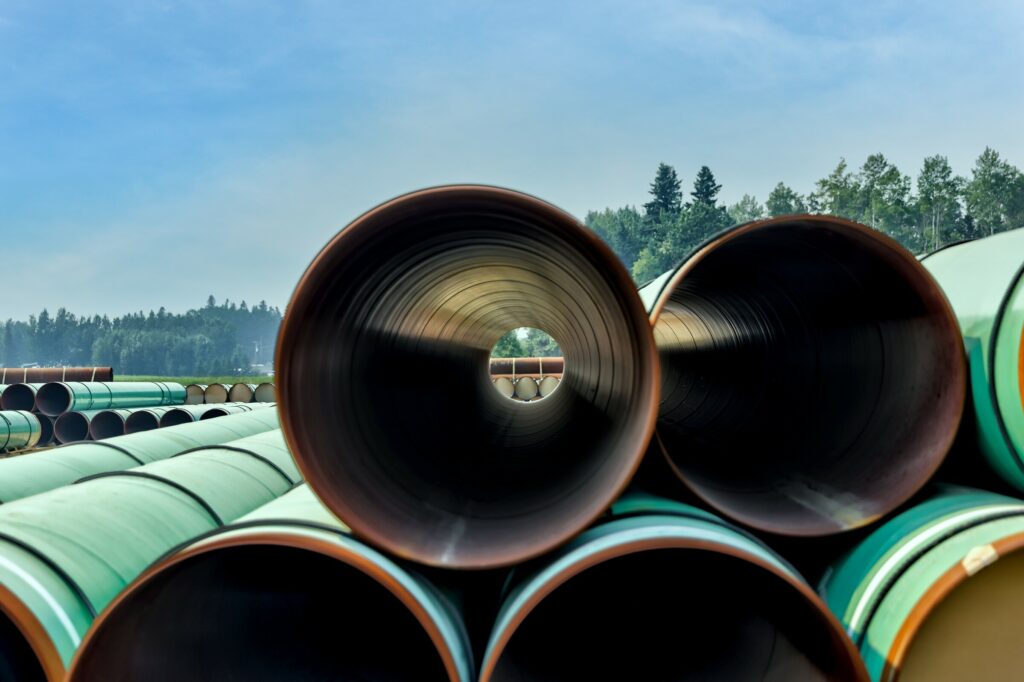
Generally, pipelines that cross provincial or international borders are federally regulated, and pipelines that are entirely within one province are regulated by the provincial authority.
- The federal regulator, the Canadian Energy Regulator (CER), currently regulates more than 73,000 km of pipeline throughout Canada, mostly large transmission pipelines.
- Provincially regulated pipelines include upstream gathering and feeder lines, as well as downstream distribution lines that go to every house business, or commercial operation equipped with natural gas powered equipment such as a furnace, stove or water heater.
Operators must obtain the necessary permits for pipeline construction, operation, decommissioning and abandonment. They must also report incidents and activities to regulatory authorities as required. Companies must comply with Acts and Regulations as set by the appropriate regulatory body.
For more information, visit the Pipeline Safety Regimes in Canada landing page at Natural Resources Canada.
Technical specifications and safety standards
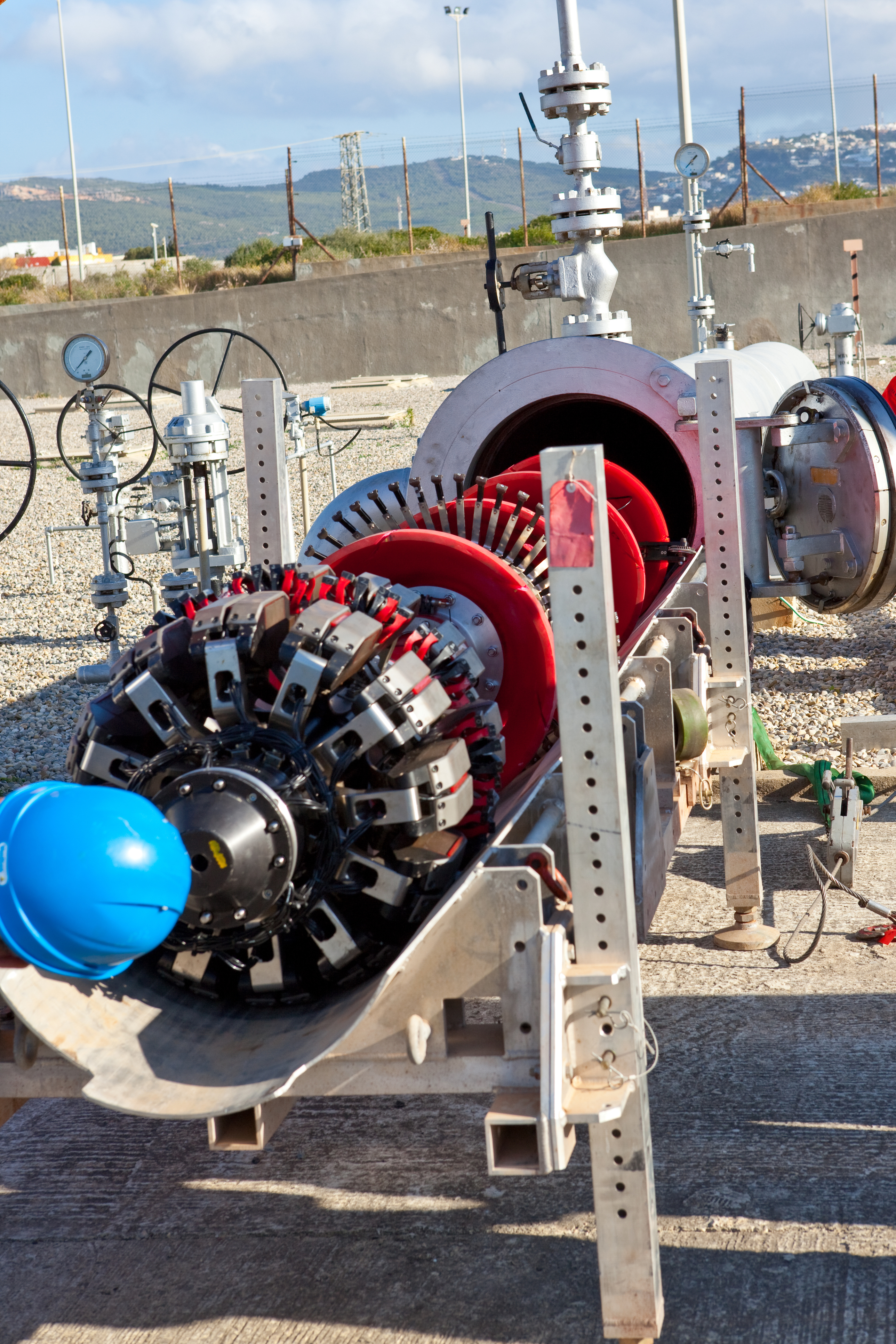
Canada’s pipelines are among the safest in the world. Canadian Standards Association (CSA) Z662 Oil and Gas Pipeline Systems (CSA Z662:23) is a crucial document that provides requirements for the design, construction, operation, and maintenance of energy pipelines and ensures a high level of safety and integrity in pipeline operations. Compliance with the standard helps mitigate risks and contributes to the development and operation of pipeline infrastructure in Canada. It is a comprehensive document that sets out technical requirements and safety standards for the Canadian pipeline industry including:
- Requirements for design, materials, joining, inspection, testing, corrosion control, and other engineering aspects.
- Requirements for the safe operation and maintenance of pipelines, covering areas such as integrity management, inspections, repairs, and emergency response planning.
CSA Z662 is referenced in regulations and is considered a mandatory standard for the pipeline industry in Canada. Companies involved in pipeline construction and operation are required to comply with its provisions.
A “pig” is a maintenance tool used for cleaning the inside of a pipeline. Without interrupting product flow, the pig sweeps the line by scraping the sides of the pipeline and moving debris ahead. An Inline Inspection (ILI) Tool, sometimes referred to as a “smart pig” has the ability to detect metal loss and other imperfections to the pipe walls.
Pipeline design and asset integrity
Pipeline safety is a critical consideration in upstream oil and natural gas operations to ensure the secure and efficient transportation of hydrocarbons from production sites to processing facilities and waste product (e.g. produced water, CO2) from processing facilities to injection sites. The goal is to minimize the risks associated with transporting fluids through pipelines while prioritizing environmental protection and community safety.
Design and construction
Pipelines are constructed using materials suitable for the specific conditions and products being transported. Oil and natural gas pipelines are typically made of externally coated steel pipe that is normally buried underground. Some pipelines are made out of non metallic materials such as HDPE or Composites. The pipeline route is carefully planned to minimize environmental impact, avoid densely populated areas, and adhere to regulatory requirements. Pipelines are designed and operated with consideration for the surrounding environment. Special measures are taken in sensitive areas, such as water crossings and wildlife habitats.
Inspections and audits
Pipelines undergo routine inspections using various methods, including inline inspection tools (smart pigs), aerial surveys, and ground-based inspections. Companies perform integrity assessments to identify potential threats, such as corrosion or mechanical damage, and take corrective actions. Advanced leak detection systems are employed when practical, to quickly identify and locate any potential leaks or abnormalities in the pipeline. Real-time monitoring of pressure and flow rates helps operators ensure that the pipeline is operating within safe parameters. Continuous advancements in pipeline monitoring technologies, such as the use of sensors, drones, and satellite technology, contribute to enhanced safety and efficiency.
Emergency and spill response plans
Comprehensive emergency response plans are in place, detailing procedures to be followed in the event of a pipeline incident. These plans include spill response, containment, and communication strategies. Companies develop spill response plans to minimize the environmental impact in the event of a pipeline release. Regular training sessions and emergency response drills are conducted to prepare personnel for rapid and effective response to emergencies. Engaging with local communities and Indigenous groups is also performed. This involves providing information about pipeline operations, addressing concerns, and ensuring that communities are aware of emergency response procedures.
Scientific research
The federal government has been studying oil spills for over 50 years. Research activities are intended to enhance preparedness and response and help responders make the best choices to minimize the impact on the environment.
CAPP commissioned a comprehensive research initiative that delves into the behavior of spilled conventional and unconventional oils in various environmental conditions.
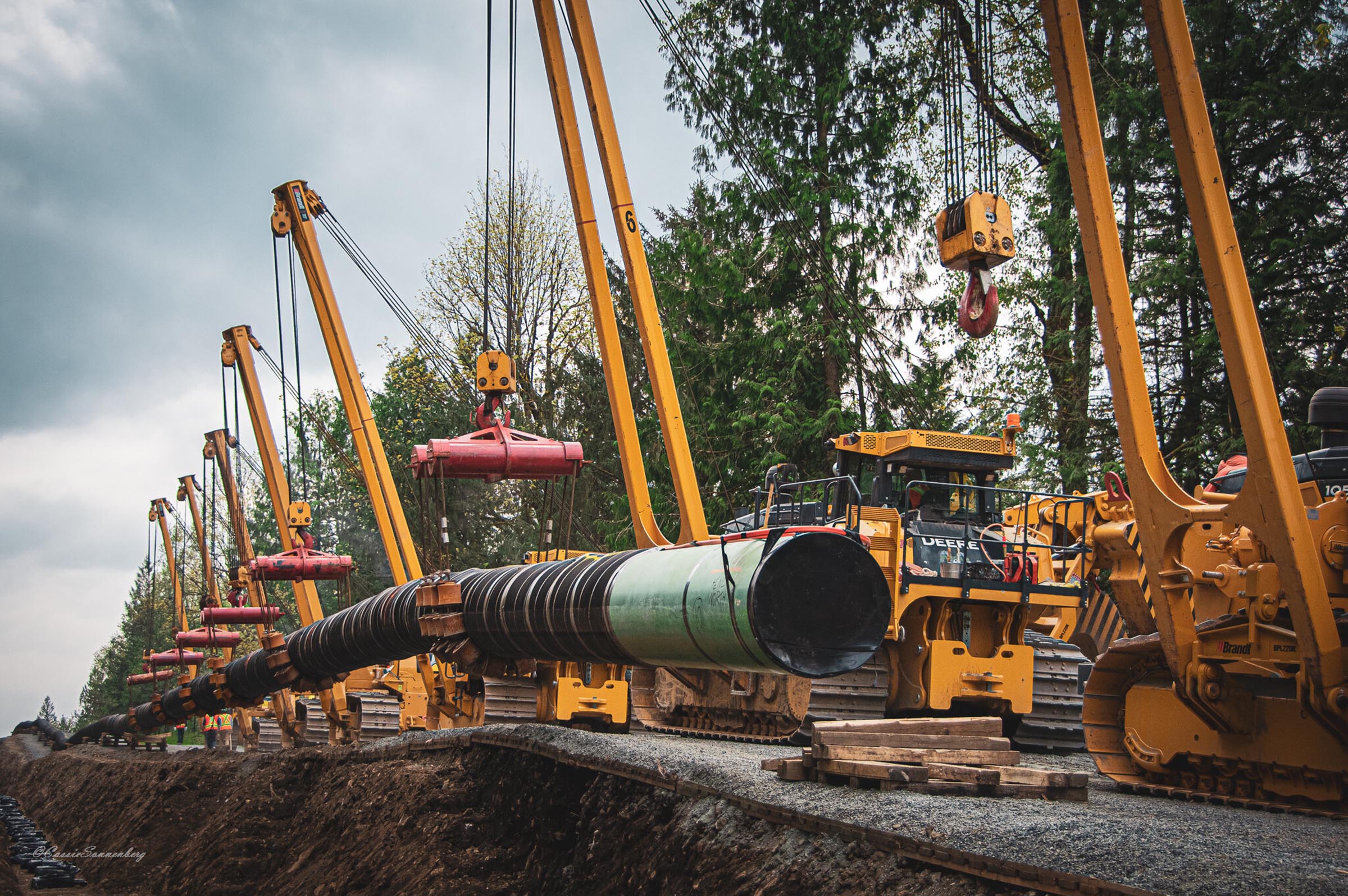
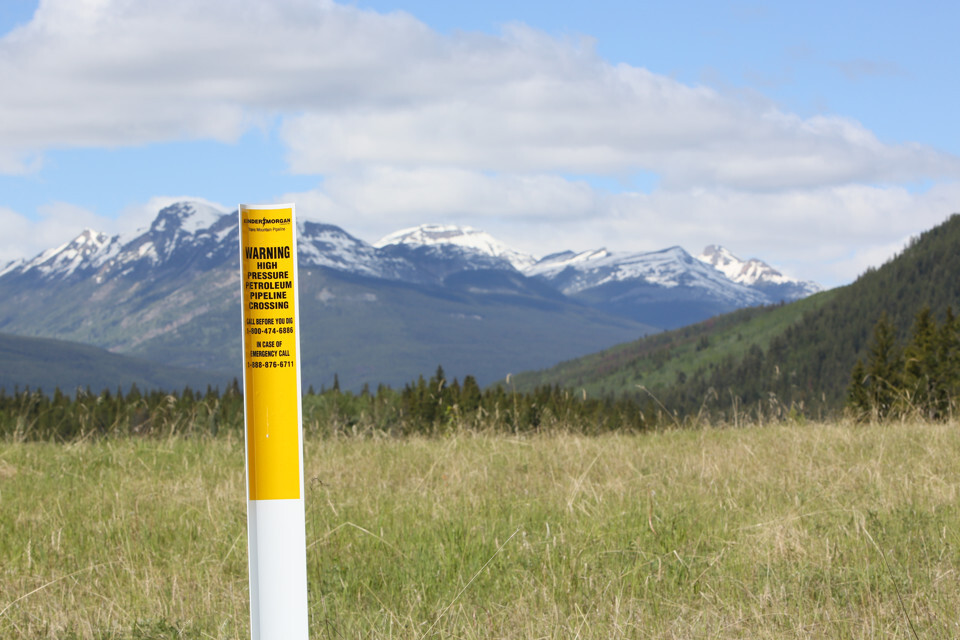
Performance
Under the industry performance program, the Alberta Energy Regulator (AER) releases an annual Pipeline Performance Report, which includes information about pipeline incidents. The 2022 report shows there were about 40% fewer incidents than in 2013, even though the total pipeline kilometres grew by 8% in the same period. Similar annual reports are available for pipelines in British Columbia and for federally regulated pipelines.
Ongoing improvement in the incident rate is attributable to industry development and adoption of better pipeline practices and the regulator’s continuous improvement of pipeline requirements and inspections that focus on educating industry about pipeline safety.
